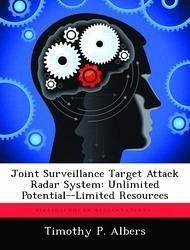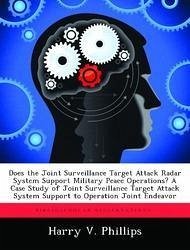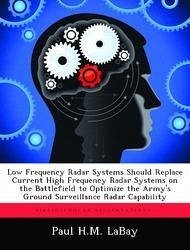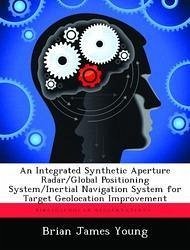Nicht lieferbar

Joint Surveillance Target Attack Radar System: Unlimited Potential--Limited Resources
Versandkostenfrei!
Nicht lieferbar
From Desert Storm to Operation Joint Endeavor to Operation Allied Force, the Joint Surveillance Target Attack Radar Systems (JSTARS) mission has evolved and expanded following each contingency it was called upon to support. As these supplementary missions evolved they became essentially doctrine by which JSTARS will look to be employed in future contingencies. The system's technology continues to be upgraded to meet the expanding mission requirements. However, there is a danger that the system's resources will become stretched so thin that no mission will receive the dedication and attention r...
From Desert Storm to Operation Joint Endeavor to Operation Allied Force, the Joint Surveillance Target Attack Radar Systems (JSTARS) mission has evolved and expanded following each contingency it was called upon to support. As these supplementary missions evolved they became essentially doctrine by which JSTARS will look to be employed in future contingencies. The system's technology continues to be upgraded to meet the expanding mission requirements. However, there is a danger that the system's resources will become stretched so thin that no mission will receive the dedication and attention required to simultaneously execute them decisively. This thesis contends that JSTARS performance diminishes with the addition of supplementary missions as a result of the human factors present and not due to radar capability shortcomings. This work has been selected by scholars as being culturally important, and is part of the knowledge base of civilization as we know it. This work was reproduced from the original artifact, and remains as true to the original work as possible. Therefore, you will see the original copyright references, library stamps (as most of these works have been housed in our most important libraries around the world), and other notations in the work. This work is in the public domain in the United States of America, and possibly other nations. Within the United States, you may freely copy and distribute this work, as no entity (individual or corporate) has a copyright on the body of the work. As a reproduction of a historical artifact, this work may contain missing or blurred pages, poor pictures, errant marks, etc. Scholars believe, and we concur, that this work is important enough to be preserved, reproduced, and made generally available to the public. We appreciate your support of the preservation process, and thank you for being an important part of keeping this knowledge alive and relevant.












